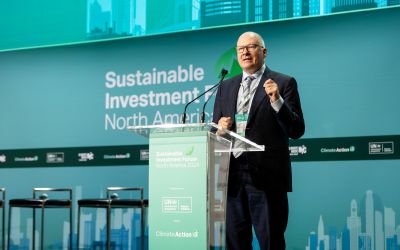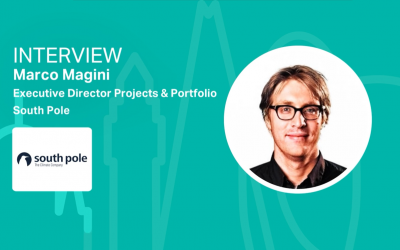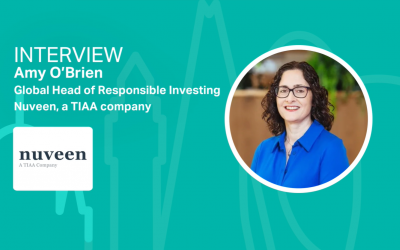IFM sets new 2030 interim emission reduction target for its infrastructure portfolios
IFM Investors has set a 2030 interim emissions reduction target of more than one million metric tons of CO2e for its infrastructure asset class, as part of its commitment to target net zero by 2050.

IFM Investors has set a 2030 interim emissions reduction target of more than one million metric tons of CO2e for its infrastructure asset class, as part of its commitment to target net zero by 2050. This reflects an emissions reduction target of 40% of IFM’s existing infrastructure portfolio from 2019 levels.
A fact sheet on the interim target, including the action our assets are already taking to reduce emissions, is available here.
IFM will also restrict investments in any assets that derive material amounts of revenue from thermal coal, while targeting zero coal exposure for our existing portfolio by 2030. IFM Investors will continue to invest in essential infrastructure assets that working people rely on every day, in sectors such as transport, utilities and energy, with our focus on transitioning these assets to help ensure they can continue operating in a net zero world.
We are also seeking to take advantage of the significant investment opportunities that are arising because of the energy transition.
The quality of the returns for long-term investors is a function of the quality and sustainability of the economy and financial system, now and in the future. We, therefore, have a clear responsibility as a long-term investors to invest in this transition.
Last year, IFM committed to reducing greenhouse gas emissions across its asset classes, targeting net zero by 2050. To help meet that commitment, IFM established a taskforce to identify how each asset class – infrastructure, listed equities, debt, and private equity – would contribute.
Following this work, and understanding that to meet our net zero by 2050 commitments action is needed over the next decade, IFM will take the following steps for the infrastructure asset class:
- Interim targets: We have set a Scope 1 and 2 emissions reductions target of at least 1.16 million tonnes of CO2e for the infrastructure asset class by 2030 (from a 2019 baseline). This reflects a 40% reduction in emissions across our existing infrastructure portfolio. We will adjust this target annually for divestments and new investments.
- Investment processes: We have enhanced our investment decision making processes to help ensure that new acquisitions are net zero by 2050 aligned, and that new acquisitions have considered climate change transition and physical risks under reference scenarios, including 1.5 degree reference scenarios.
- Asset management processes: We have enhanced our asset management processes so that climate change transition and physical risks are assessed on a periodic basis, utilising reference scenarios, including 1.5 degree scenarios. We will also continue to work closely with our infrastructure assets to implement emission reduction initiatives.
- Investment restrictions: We will phase out thermal coal by 2030 and will not make new investments in assets that derive material revenue1 from thermal coal.
- Pursuing climate solutions: We, and our portfolio companies, will continue to seek to increase the amount we can invest in the significant investment opportunities that are arising from the energy transition.
- Increased reporting: We will enhance our annual carbon footprint reporting by including disclosure on progress against IFM’s 2030 emissions reduction target, changes to portfolio level targets due to acquisitions and divestments, and updates on key emission reduction initiatives across the portfolio.
Further work is being undertaken on how IFM’s non-infrastructure asset classes will meet IFM’s net zero commitments, and will form part of IFM’s overarching Climate Change Strategy to be released in coming months.
Our Chief Executive, David Neal, said, “To continue delivering on our purpose, which is to protect and grow the long-term retirement savings of working people, it’s vital that we have a plan to mitigate the risks of climate change.”
We are making infrastructure investments today that our investors expect to hold for the long term. If these investments are to generate strong, long-term sustainable returns, we need ensure that they continue to play an important role in society in a net zero economy.
We look forward to continuing to work closely with our investee companies as we embrace the energy transition together.
Read more about the target and other measures in our Media Release.






